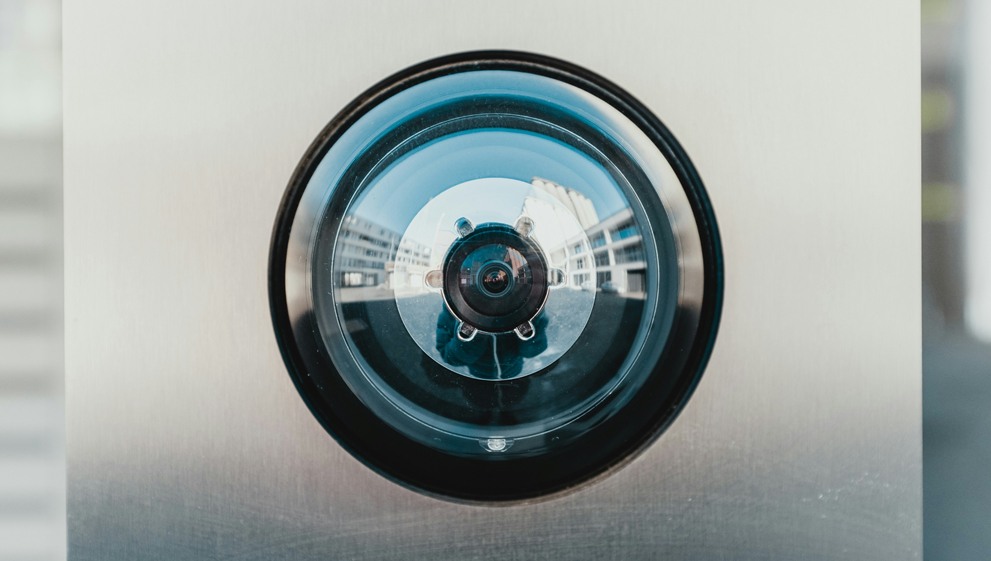From communication and entertainment to banking and shopping, we rely on our mobile devices for almost everything. However, this increased dependence on smartphones has also made them a prime target for cybercriminals. As mobile usage continues to soar, so do the security risks associated with these devices. It’s crucial to understand the top mobile security threats and take proactive measures to secure your mobile device.
Mobile phone security is no longer an option; it’s a necessity. Hackers are constantly devising new ways to exploit vulnerabilities in mobile operating systems and apps, putting your personal data and privacy at risk. In this blog, we’ll dive into the seven most alarming mobile security dangers and provide you with practical tips to safeguard your device and sensitive information.
1. Malware
Malware, short for malicious software, is one of the most prevalent threats to mobile safety. It encompasses various types of malicious programs designed to infiltrate and harm your device. Malware can enter your smartphone through downloaded apps, email attachments, or even malicious websites. Once installed, it can steal your data, monitor your activities, display unwanted ads, and even take control of your device. To avoid falling victim to malware, it’s essential to download apps only from trusted sources like the official app stores (Google Play Store for Android and App Store for iOS).
Protective Measures
- Install a reputable mobile antivirus solution like Quick Heal Total Security to detect and prevent malware infections.
- Avoid clicking on suspicious links or downloading attachments from unknown sources.
- Regularly scan your device for any signs of malware using your antivirus app.
2. Phishing Attacks
Phishing attacks are another significant threat to mobile cyber security. These attacks aim to trick you into revealing sensitive information, such as login credentials, financial details, or personal data. Cybercriminals often use deceptive messages or links that appear to come from legitimate sources, like your bank or a well-known company. Phishing attacks can come in the form of SMS messages (smishing), social media messages, or even fake mobile apps.
Protective Measures
- Use anti-phishing tools that can detect and block suspicious messages and websites.
- Double-check the sender’s email address or phone number to ensure it’s legitimate.
- Avoid clicking on links in unsolicited messages; instead, navigate directly to the official website.
3. Data Theft
Data theft is a serious concern in the realm of mobile phone cyber security. Cybercriminals employ various tactics to steal sensitive information stored on your smartphone, such as contact lists, photos, documents, and even login credentials. They may exploit vulnerabilities in apps or use malware to gain unauthorized access to your device.
Protective Measures
- Use encryption to protect sensitive data stored on your device.
- Implement a robust password management system to generate and store strong, unique passwords for your accounts.
- Regularly back up your important data to a secure cloud storage or an external drive.
4. Unsecured Wi-Fi Networks
Public Wi-Fi networks, such as those found in cafes, airports, or hotels, pose a significant risk to smartphone security. When you connect to an unsecured Wi-Fi network, your data is exposed to potential interception by malicious actors. Hackers can set up fake Wi-Fi hotspots that mimic legitimate ones, tricking you into connecting and revealing sensitive information.
Protective Measures
- Use a reliable VPN service to secure your connection when using public Wi-Fi.
- Disable automatic Wi-Fi connection on your device to prevent inadvertent connections to unsecured networks.
- Stick to using cellular data for sensitive activities when possible.
5. App Permissions Abuse
When you install an app on your smartphone, it often requests permission to access various features and data on your device. While some permissions are necessary for the app to function properly, others may be excessive and pose a risk to your privacy. Malicious apps can abuse these permissions to collect your personal information, track your location, or even spy on your activities.
Protective Measures
- Carefully review app permissions before installation and only grant necessary access.
- Regularly audit the permissions of your installed apps and revoke any that are not essential.
- Use mobile security solutions that can detect and alert you about apps with excessive permissions.
6. Lost or Stolen Devices
Losing your smartphone or having it stolen can be a nightmare scenario. Not only do you lose a valuable device, but you also risk your personal data falling into the wrong hands. If your device ends up in the possession of a malicious individual, they may attempt to access your accounts, steal your identity, or use your information for nefarious purposes.
To mitigate the security challenges posed by mobile devices in case of loss or theft, it’s essential to have protective measures in place.
Protective Measures
- Enable the “Find My Device” feature on your smartphone.
- Set up a strong passcode or biometric authentication to secure your device.
- Enable remote wipe capabilities to erase your data if your device is lost or stolen.
7. Outdated Software
One of the most overlooked security challenges in mobile devices is outdated software. Manufacturers and app developers regularly release updates that include security patches and bug fixes. Failing to keep your device’s operating system and apps up to date leaves you vulnerable to known vulnerabilities that cybercriminals can exploit.
Protective Measures
- Regularly check for and install software updates for your device’s operating system and apps.
- Enable automatic updates to ensure you have the latest security patches.
- Avoid using apps that are no longer supported or updated by their developers.
How Quick Heal Can Enhance Your Mobile Security
While following the protective measures mentioned above can significantly reduce your risk of falling victim to mobile security threats, having a comprehensive mobile security solution adds an extra layer of protection. Quick Heal Total Security is a powerful suite of tools designed to safeguard your mobile device from various threats.
With Quick Heal Total Security, you benefit from real-time malware detection and removal, ensuring your device remains free from malicious software. The app also includes anti-phishing protection, which alerts you to suspicious websites and messages, preventing you from falling for phishing scams. Additionally, the secure browsing feature ensures your online activities remain private and protected from prying eyes.
Staying Safe from Mobile Security Threats
In today’s mobile-centric world, mobile security is also known as a critical aspect of our digital lives. By understanding the top mobile security threats and implementing protective measures, you can significantly reduce your risk of falling victim to cybercriminals. Remember to download apps only from trusted sources, be cautious of phishing attempts, use strong authentication methods, and keep your device’s software up to date.
Moreover, investing in a comprehensive mobile security solution like Quick Heal Total Security can provide an additional layer of protection, giving you peace of mind knowing that your device and personal data are secure. Stay vigilant, stay informed, and take proactive steps to safeguard your mobile device. Your Android device security is in your hands, so make sure you prioritize it to enjoy a safe and secure mobile experience.


